
Sleeping by the sea means catching a wave at any time when conditions allow, early, late or later still. This is the #beachoutofhours. But before pulling on your wetsuit and reaching for your board, take a few moments to read the surf…
Such is the whimsy of the British weather that you never quite know what to expect when you peel back the curtains from the cosy embrace of your seaside bed. While a day lounging on the beach with a well-thumbed paperback fares better when the sun is sparkling, the sea’s there to be enjoyed come rain or shine.
Want to stay in a luxury holiday house with a view of the sea? Check out our cottages with sea views.
In fact, when it comes to surfing, a touch of mizzle can actually improve conditions, says Charlie Unsworth, who works as an instructor at Croyde Surf Academy in North Devon.
“The rain can actually help the surf as it ‘grooms’ the waves,” he says. “It can patten them down into a smooth state, making it a nice clean ride. You’re wet already, so a little bit of rain doesn’t hurt.”
Check out our other locations and retreats across North Cornwall.
“Ideally, you want a unified wave – so one straight line, not little waves coming in from all angles. That tells you the surf is clean and going to be easier to surf.”
Wave wisdom
Before you spring into your neoprene, however, spend a few moments casting your eye over the horizon to gauge the state of the waves.

Catching a wave in Croyde Bay
Image credit: Lou Pamment @lou.lives.big
“Ideally, you want a unified wave – so one straight line, not little waves coming in from all angles. That tells you the surf is clean and going to be easier to surf.”
When it comes to wind, preferably you want it to be offshore, delaying the break of the wave and keeping it glassy. Charlie says: “Look for a steady blowing wind, ideally not over 15mph, otherwise you end up battling the wind and weather rather than surfing.”
Follow the locals’ lead
Tim Heyland has been surfing the beaches of Cornwall and Devon for over 50 years. For surfing novices, he recommends getting up early and keeping an eye on the traffic.
“A cheat’s way to read the surf is to look at the number of boards heading to the beach. If you see the car park filling up with surfers, you’ll know there’s going to be good waves.
“Obviously a calm day is preferable but those are never guaranteed. Last summer I’d just got in the water at Trevone when a freak hailstorm hit. It was wild but also hilarious.”
“Another tip is to have your surf early in the morning, as there’s very little wind first thing. As the land heats up during the day, the wind generally picks up. It then falls away again in the evening, so before sunset is another good time to get in the water.”
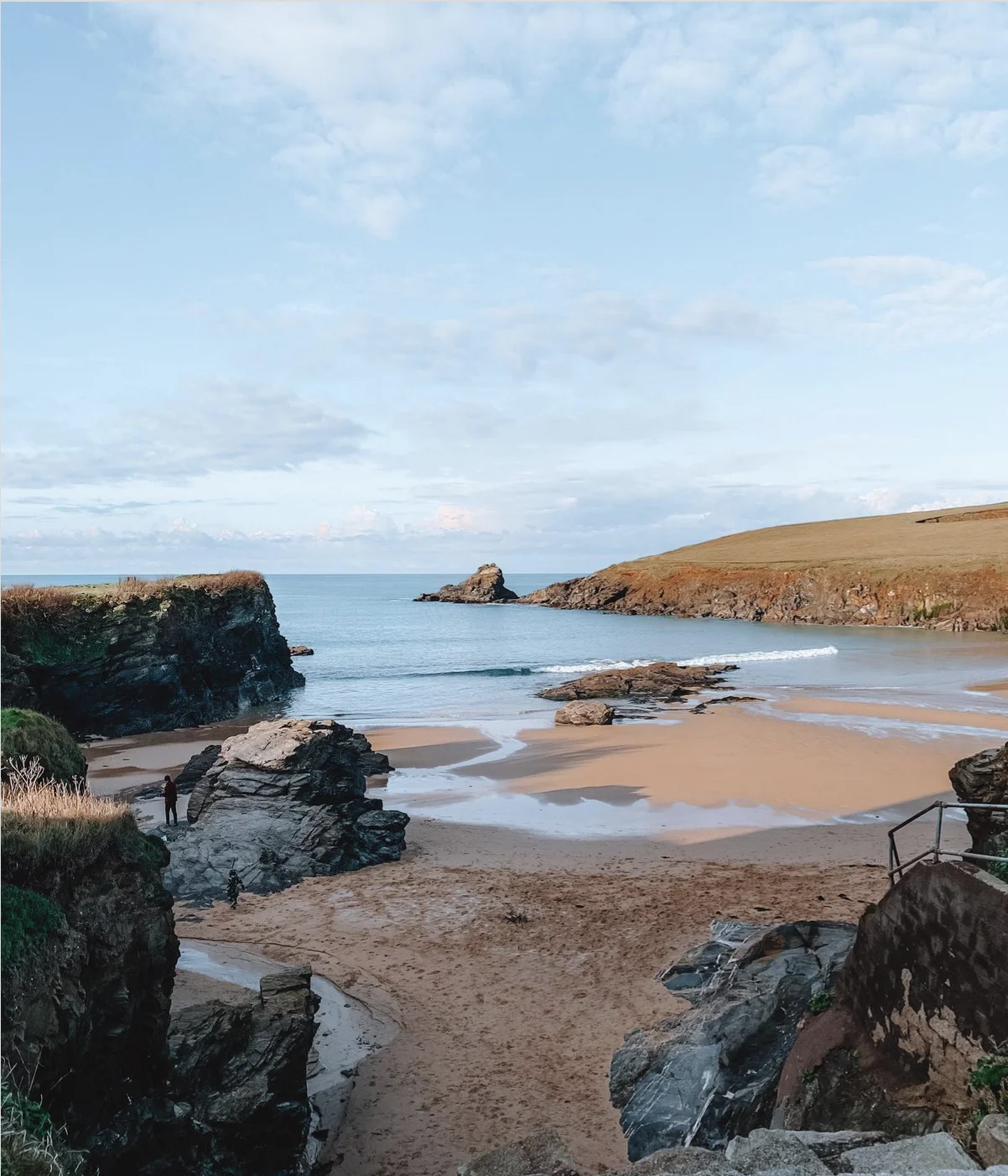
Trevone Bay at low tide
Image credit @steph__andr
Easy access
For people with disabilities, there’s more than just the weather and the groundswell to take into consideration.
“My advice would be to go in the sea just before high tide,” says adaptive surfer and open water swimmer Issy Kingdon, who surfs with The Wave Project. “You’ll have less distance to travel across the sand and you can enjoy it for a good half hour before the tide starts to recede again.”
While beach wheelchairs are available, they tend to book up quickly during the high season. Issy therefore recommends looking for beaches with slipway access to the sea. “Trevone Bay near Padstow is a good example of an accessible beach as you can drive right down and get directly into the sea at high tide” she says.
Discover six stunning spots to watch the sunrise in Cornwall, each offering panoramic views and unforgettable moments along the coast.
“Nothing beats going to the beach to look at the conditions for yourself,” says Tim. “An app might say the surf is ‘poor’, but you can still have fun on little waves.”
“Obviously a calm day is preferable but those are never guaranteed. Last summer I’d just got in the water at Trevone when a freak hailstorm hit. It was wild but also hilarious. As long as it’s safe, you’ve got to make the most of it!”
On RNLI beaches, surfing zones are marked out with the black and white flags, helping surfers know where to paddle out and letting you know that lifeguards are on hand to answer questions and help when needed.
Surf trackers
If you can’t see the surf there and then, apps such as Surfline and Windy provide up to date reports, including information on surf height, swell, wind direction, wind speed and tide times.
While the data is usually pretty accurate, it pays not to be too reliant on technology.
“Nothing beats going to the beach to look at the conditions for yourself,” says Tim. “An app might say the surf is ‘poor’, but you can still have fun on little waves. Or, if it really is all over the place, swap your surfboard for a bellyboard and have a play in the white water.”
However, if the wind is in excess of 30mph or the waves exceed six feet in height Charlie recommends keeping your feet on dry sand: “There’s a phrase, ‘If in doubt, don’t paddle out’. It’s a good one to stick to if you are having second thoughts about getting in the water. Always play it safe rather than take a risk.”
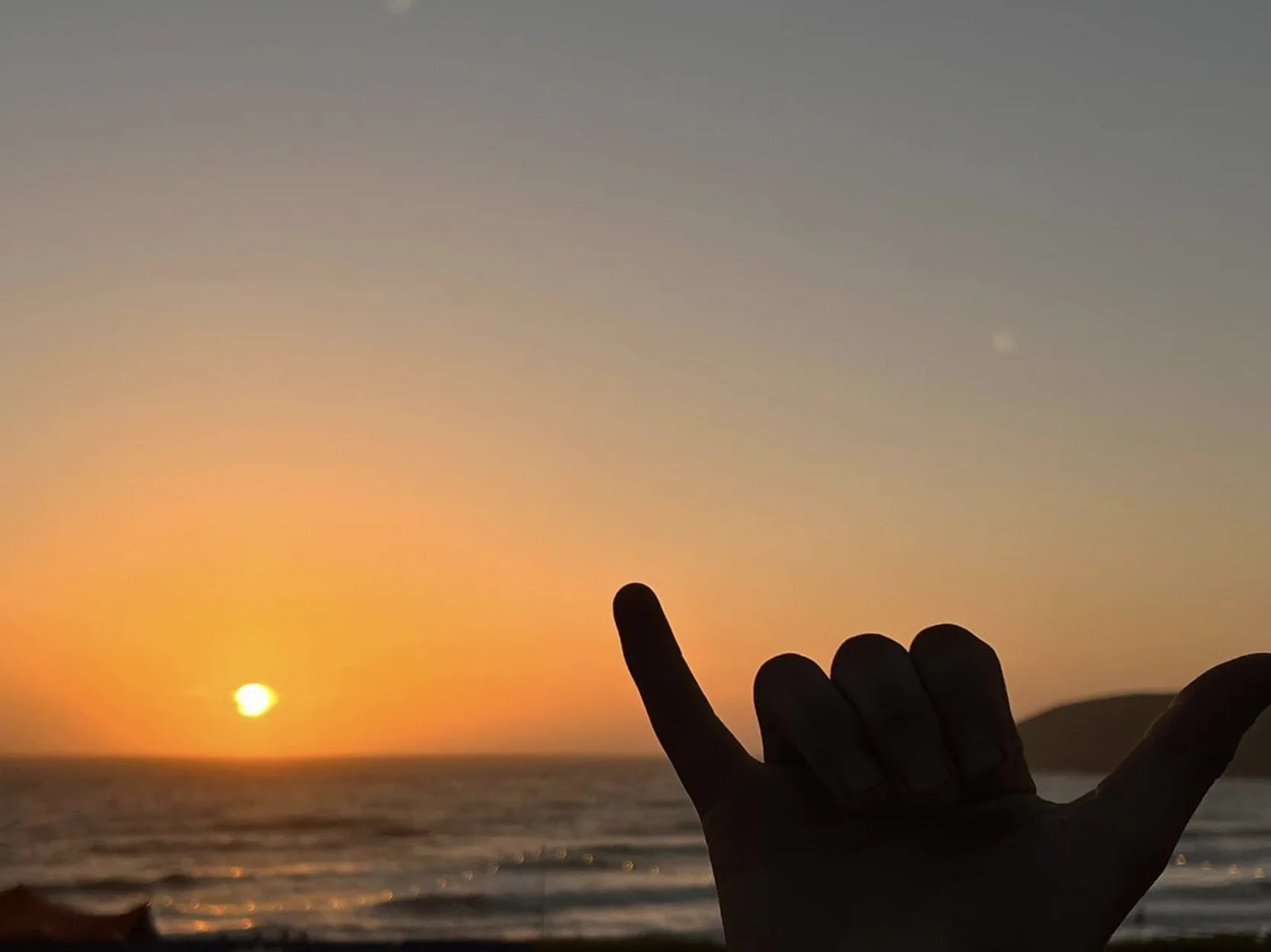
Image credit: Charlie Unsworth
The #beachoutofhours means taking advantage of the conditions whenever they’re right. Find your place to stay to watch the waves and act when the timing suits…
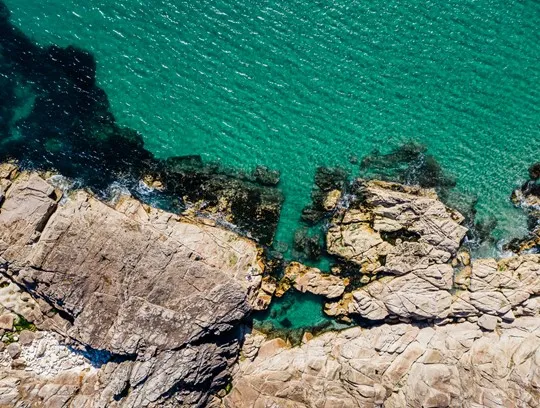
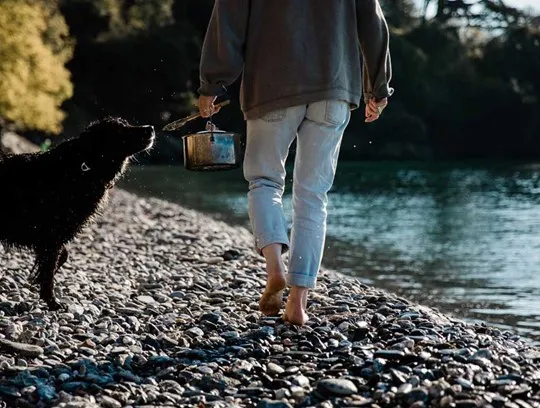
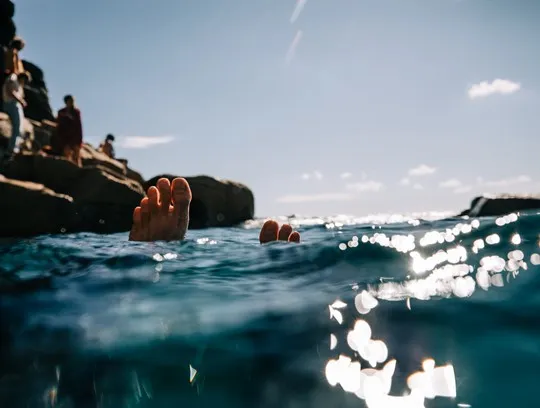
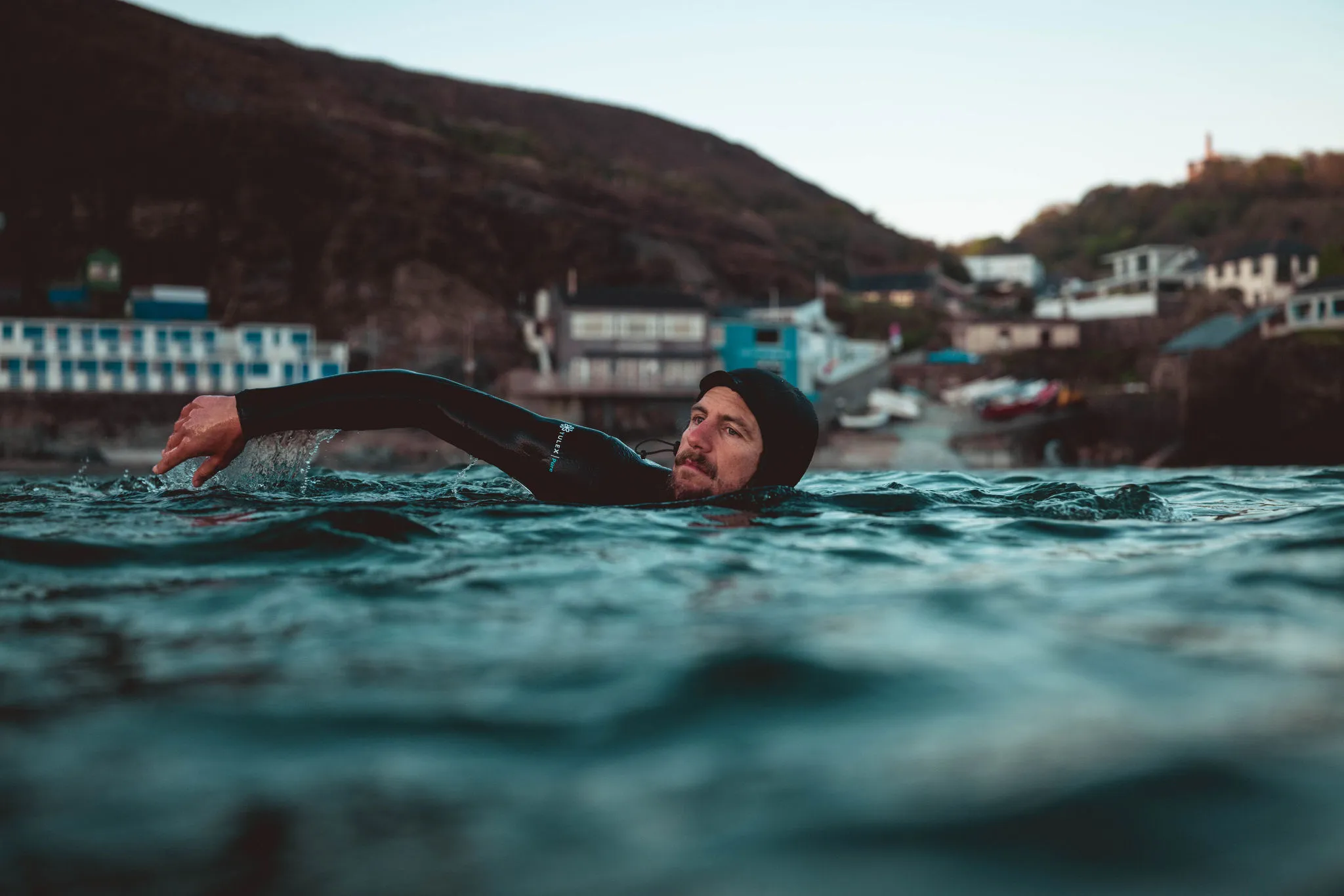
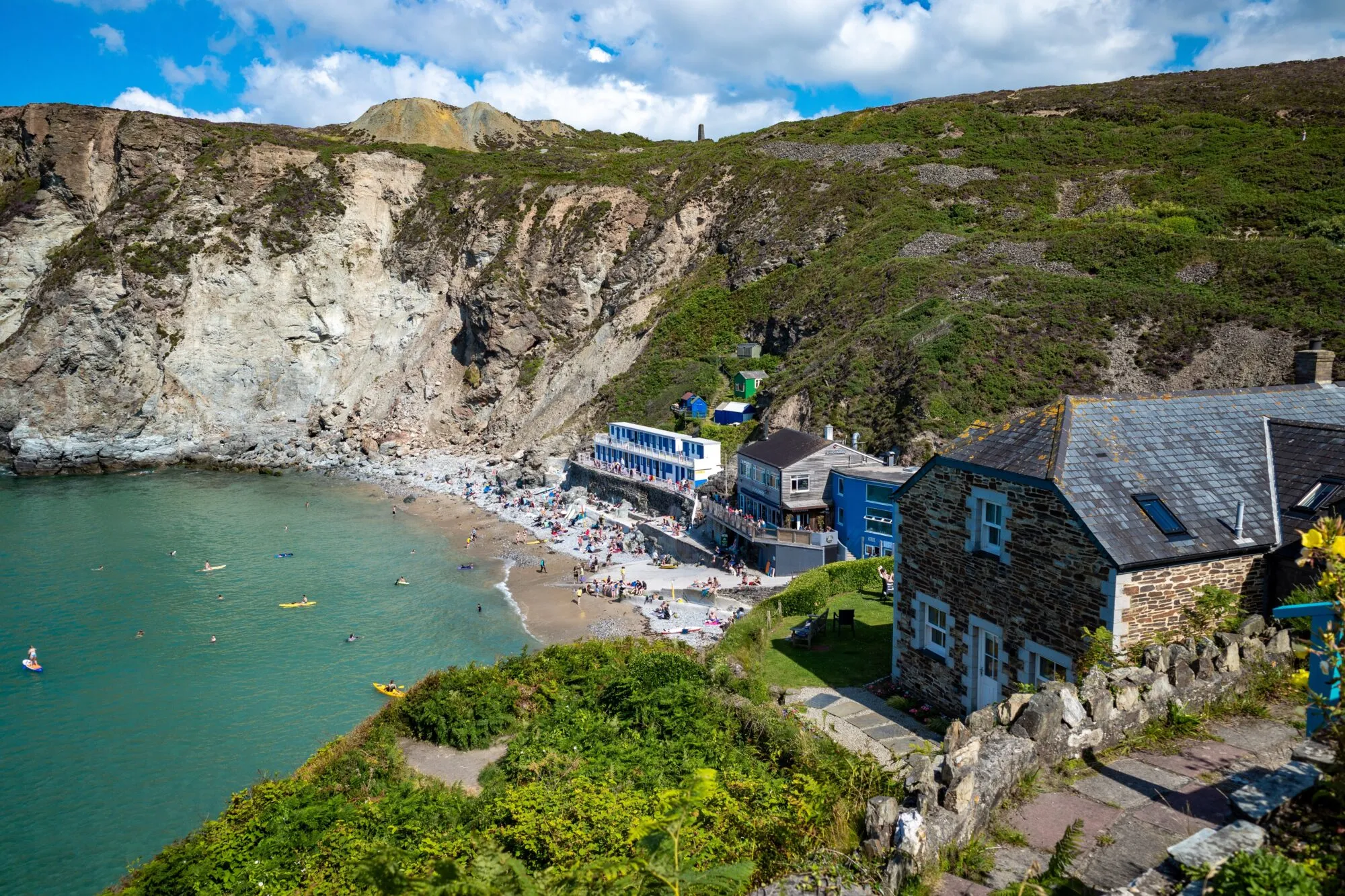
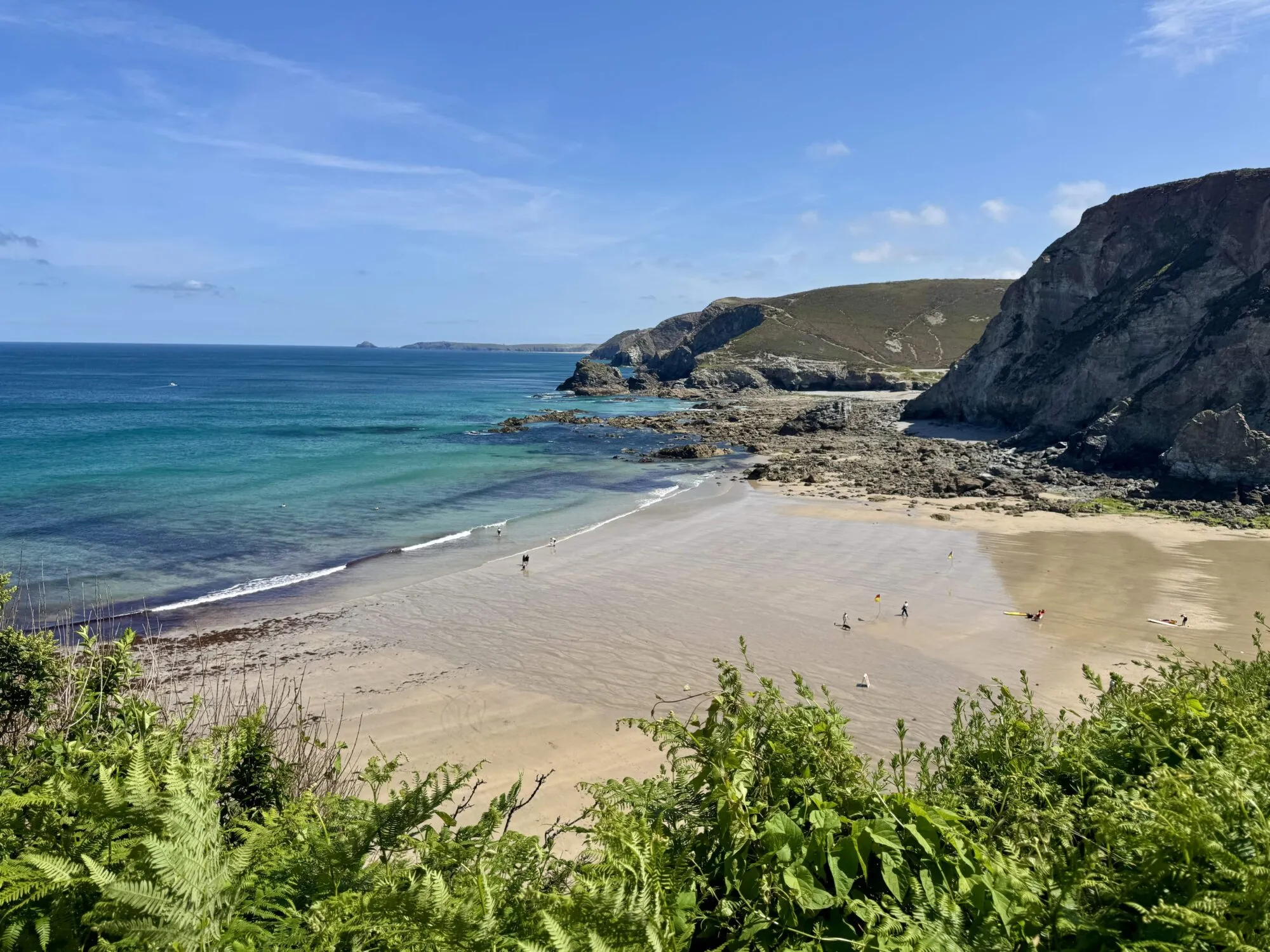


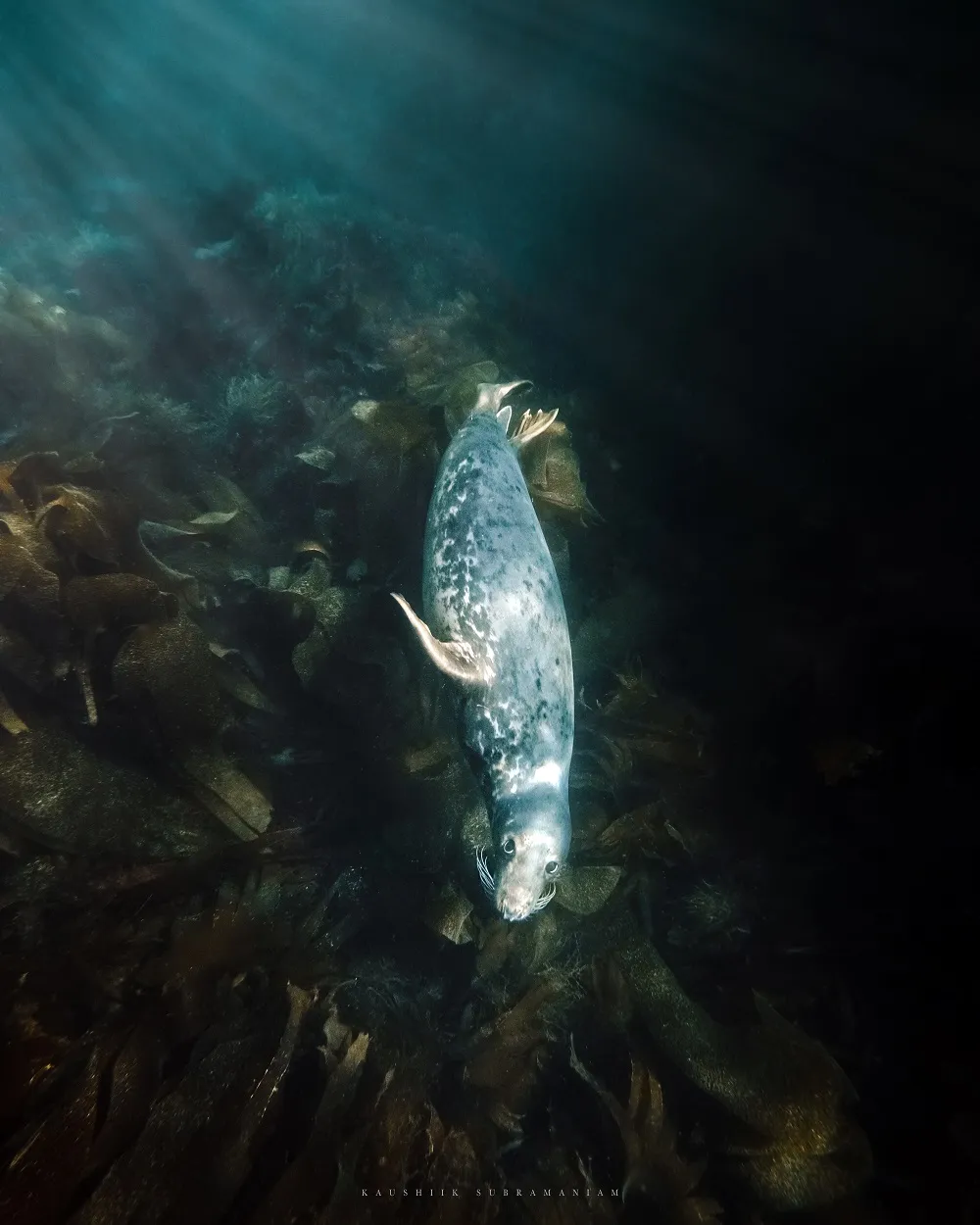

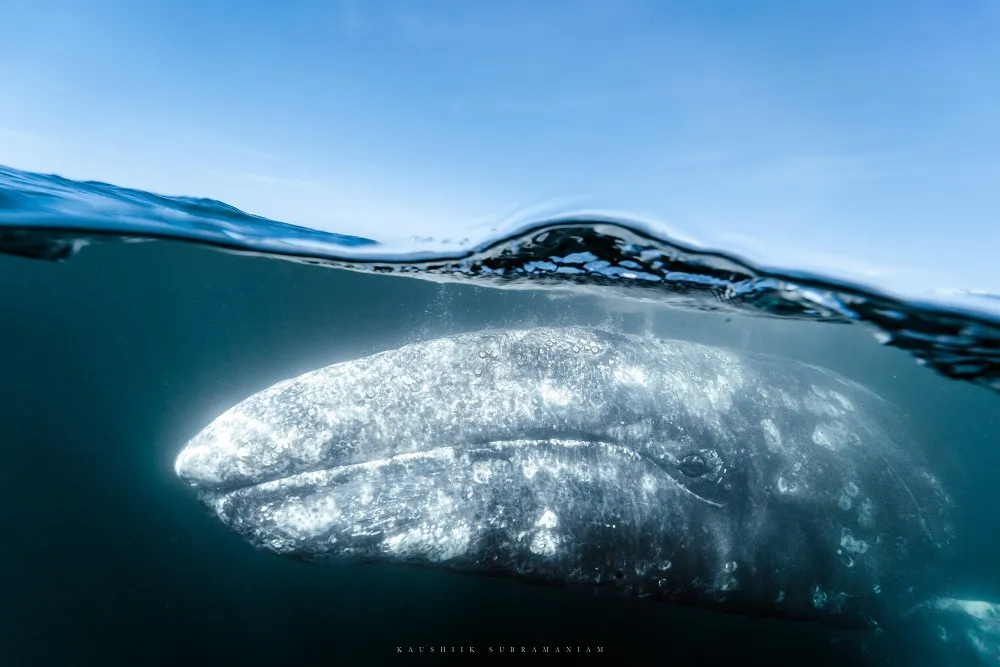
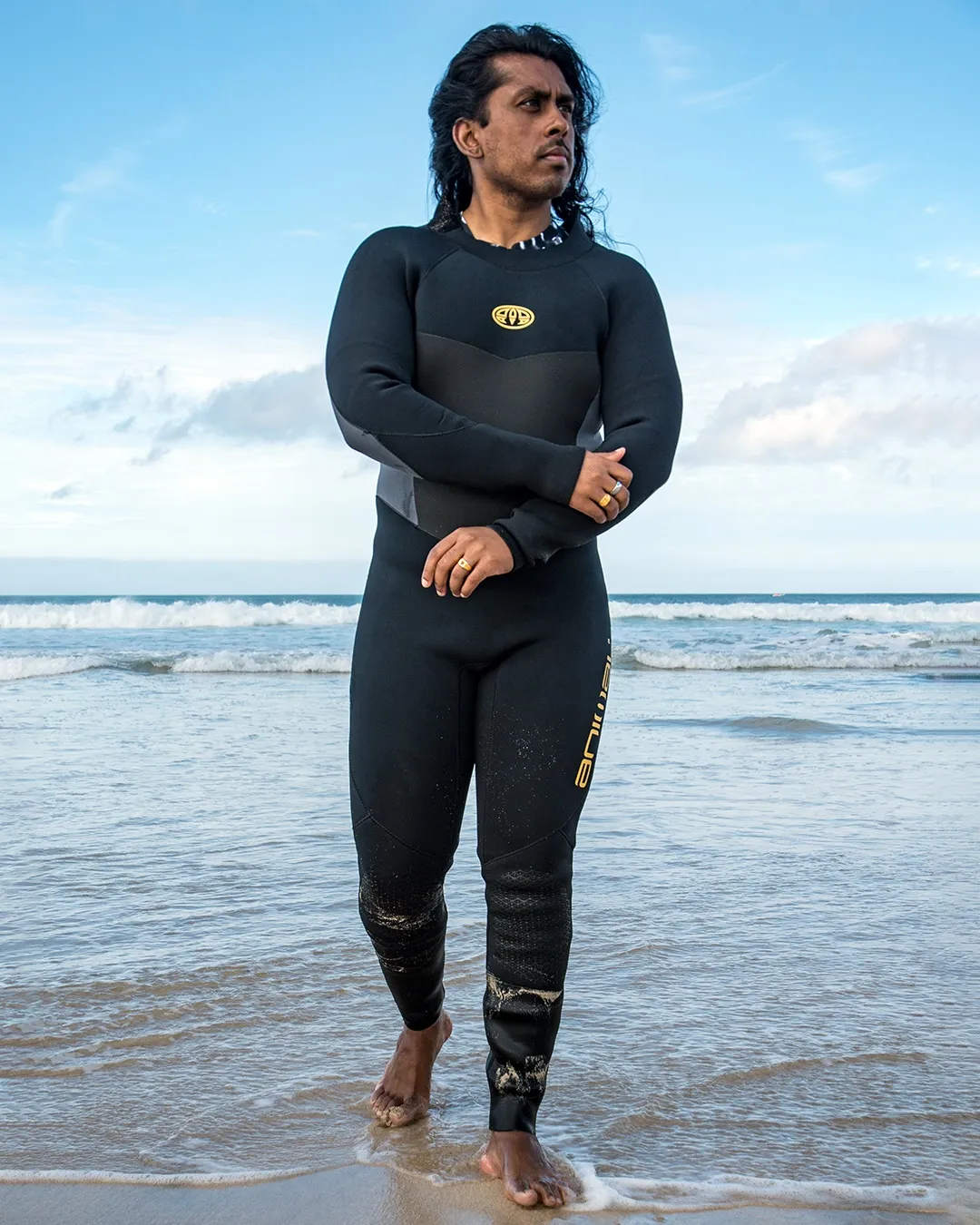
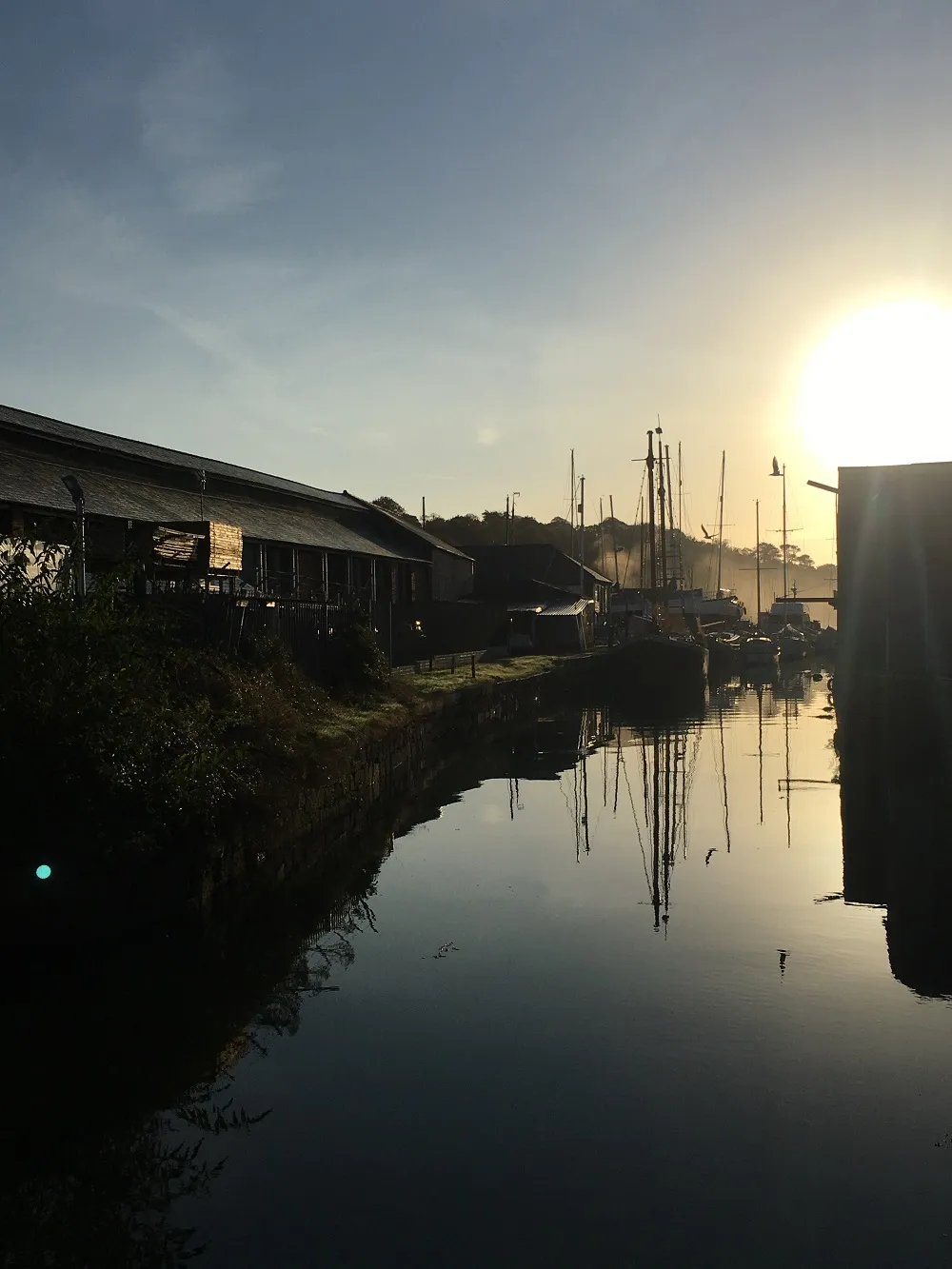
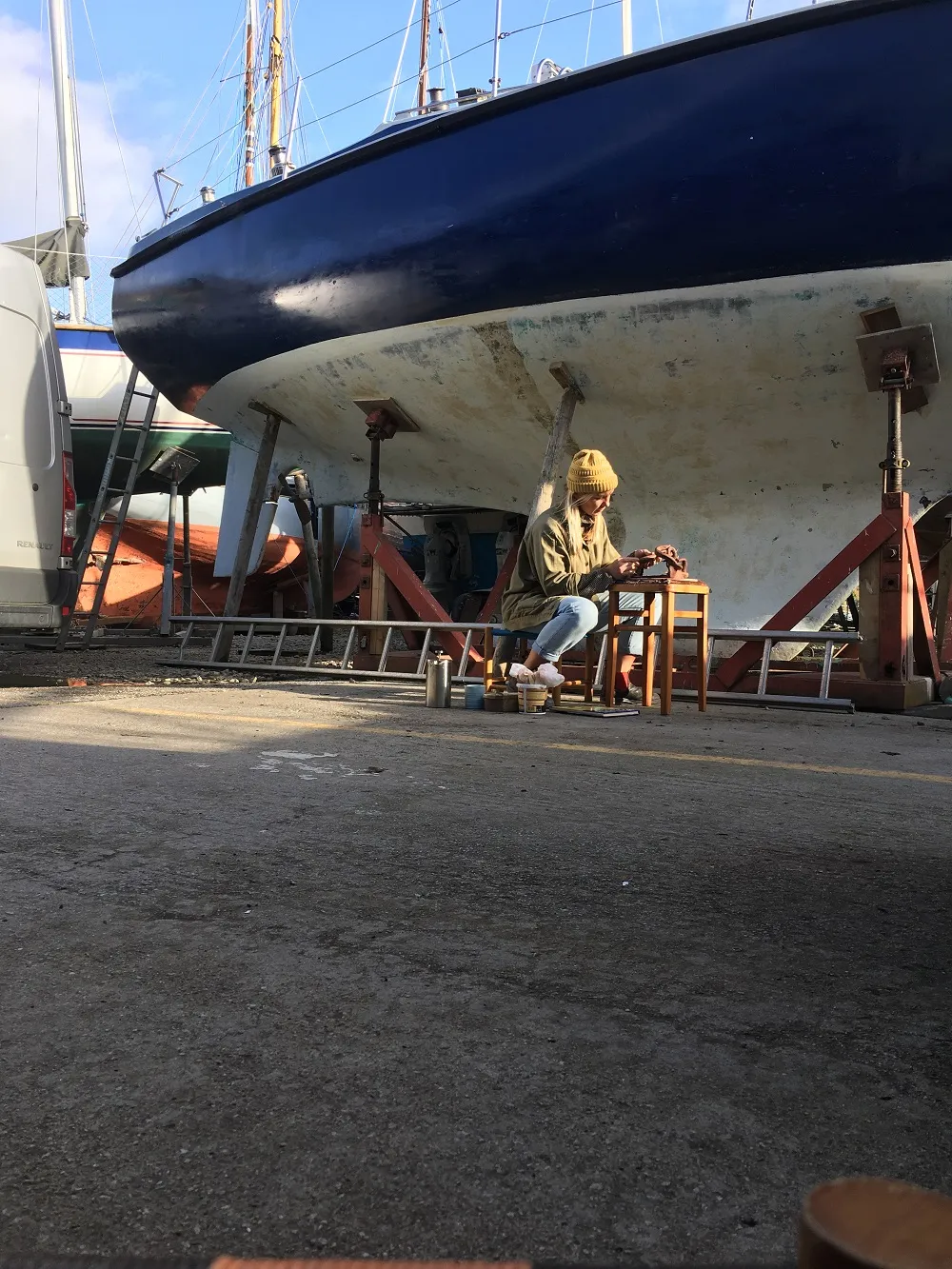
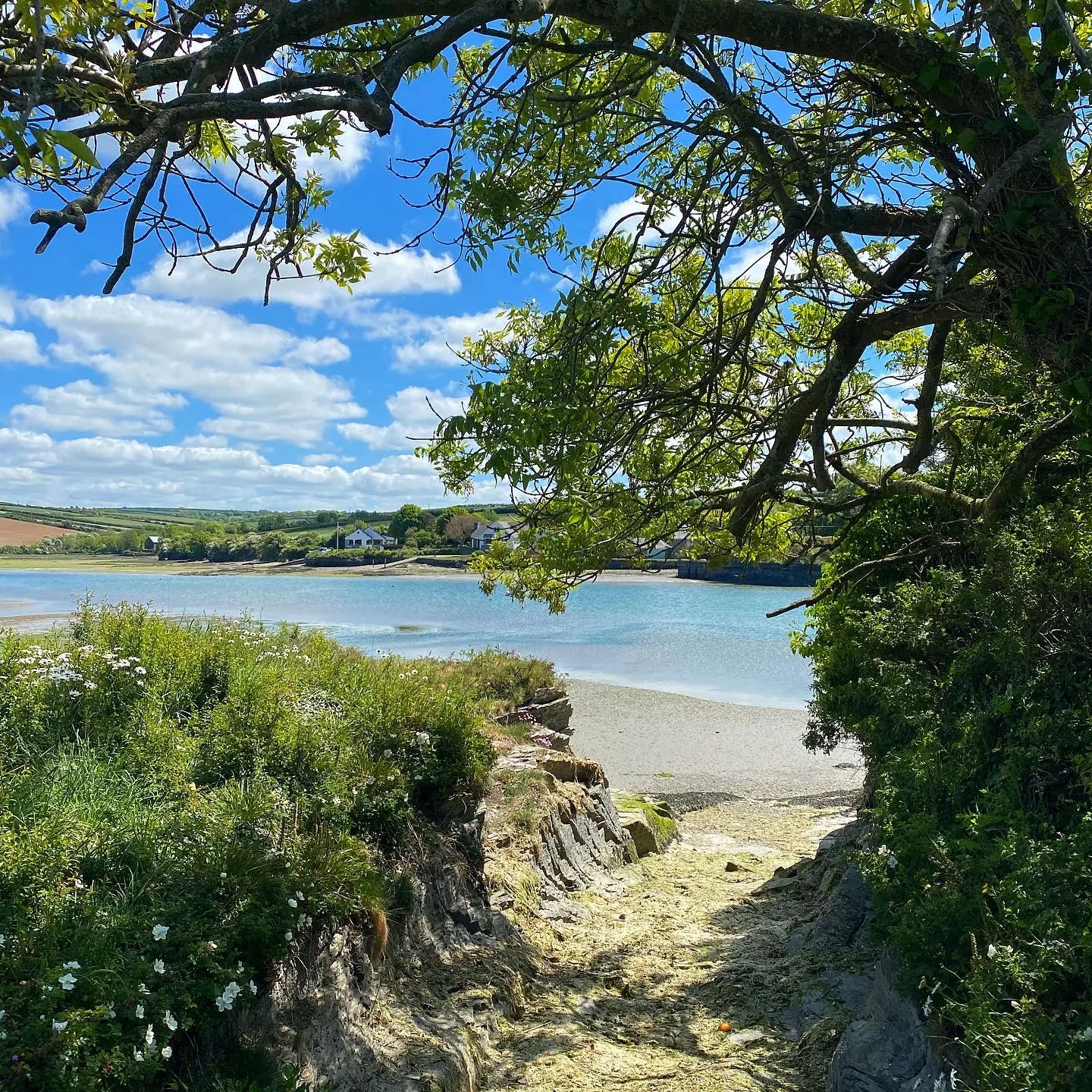




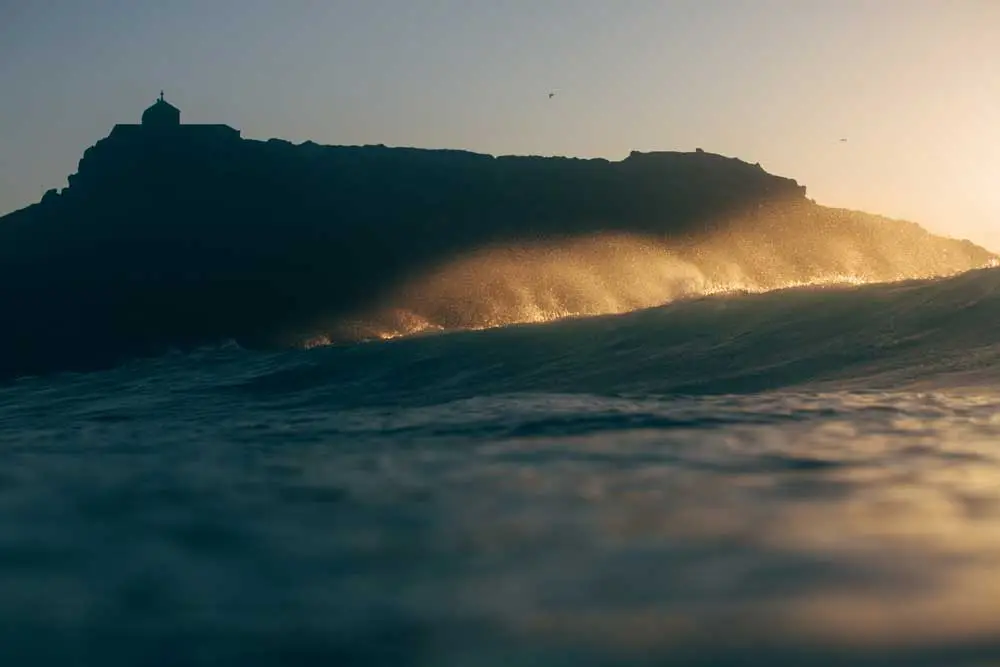 Credit: Nick Pumphrey
Credit: Nick Pumphrey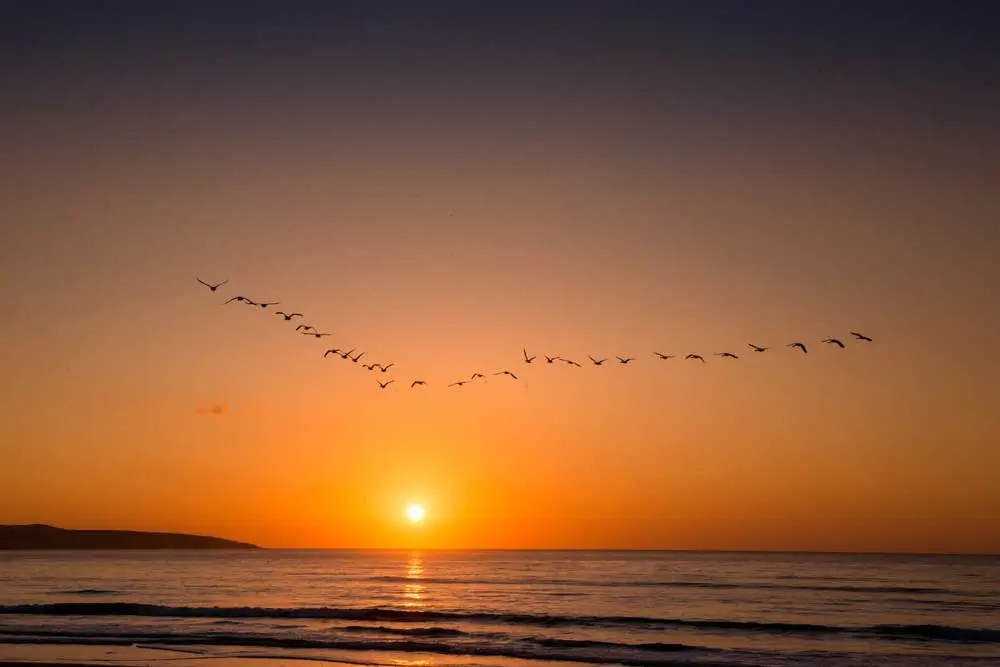 Credit: Alicia Ray Wellbeing
Credit: Alicia Ray Wellbeing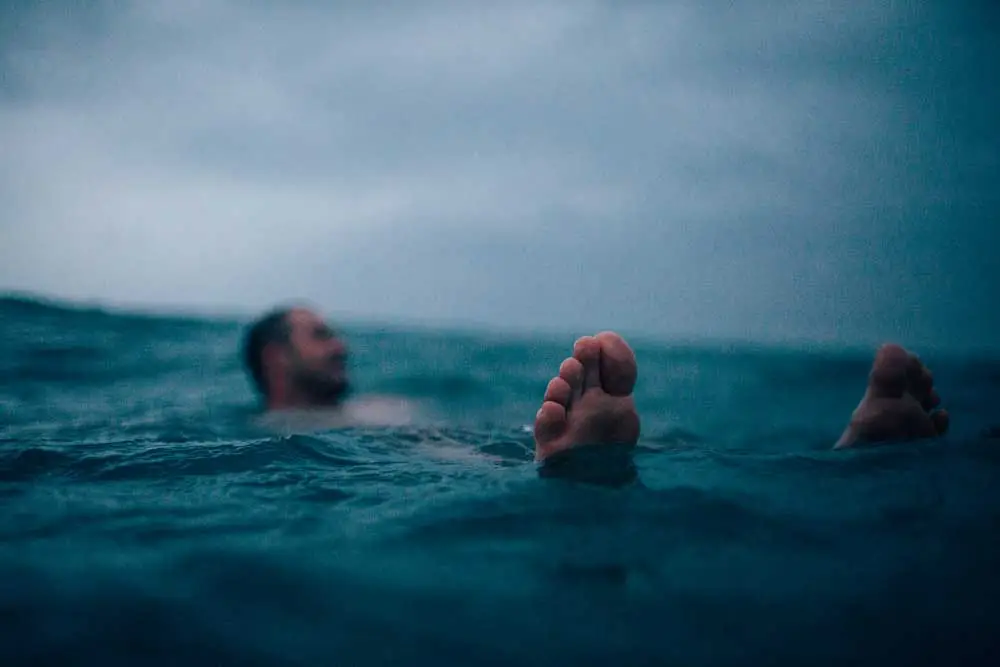 Credit: Nick Pumphrey
Credit: Nick Pumphrey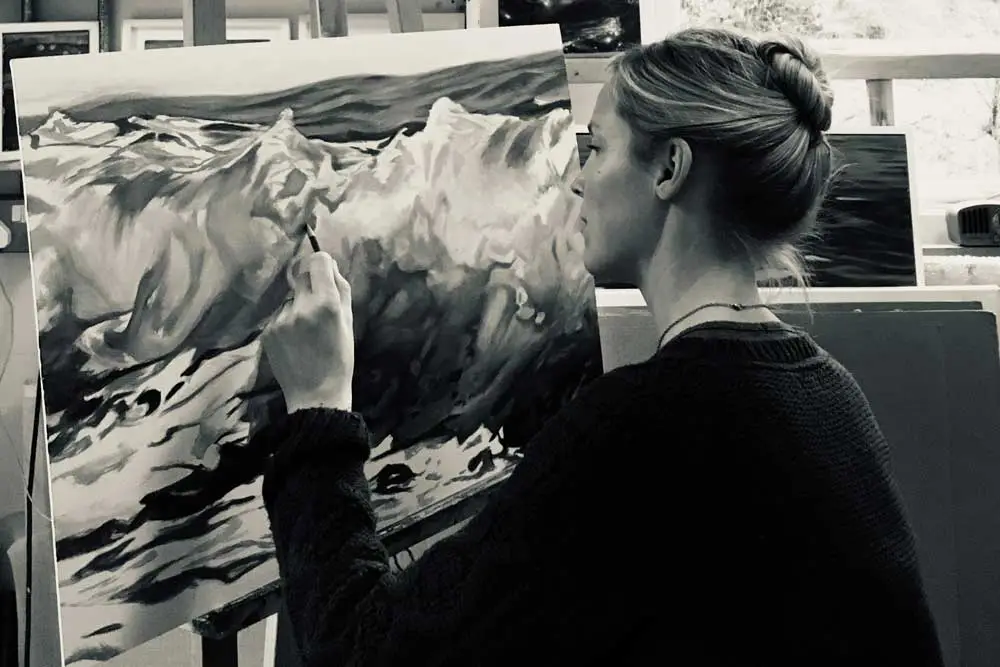
 Credit: Nell Kerr
Credit: Nell Kerr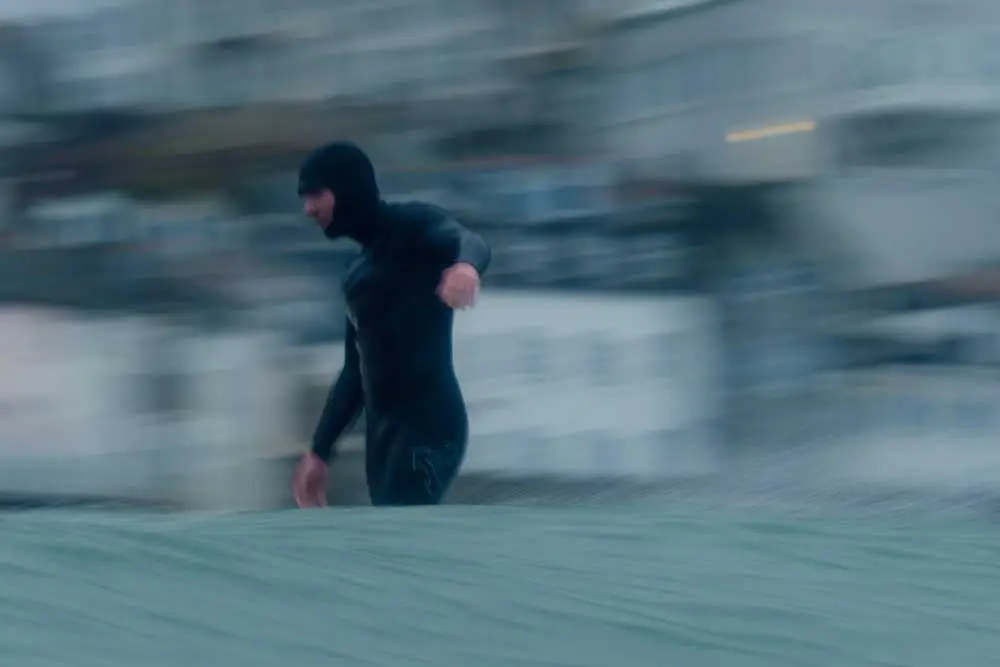
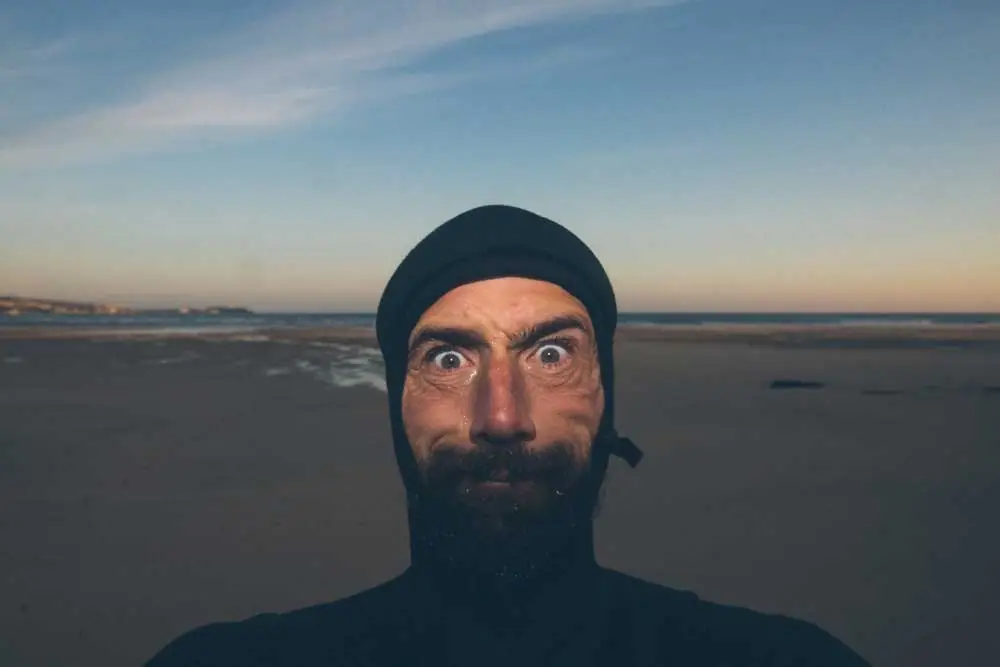 Credit: Nick Pumphrey
Credit: Nick Pumphrey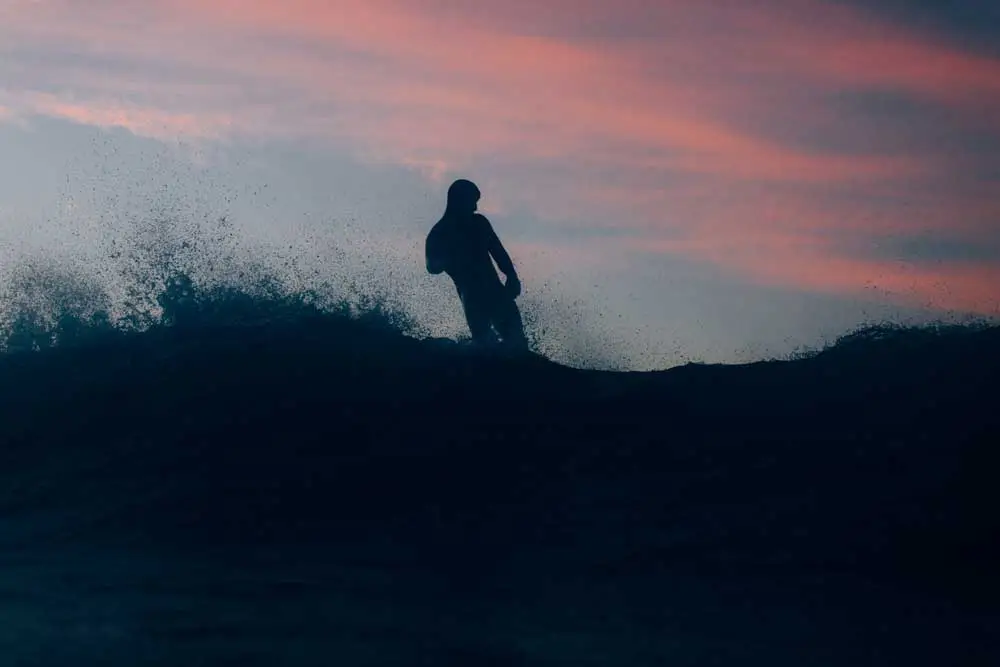 Credit: Nick Pumphrey
Credit: Nick Pumphrey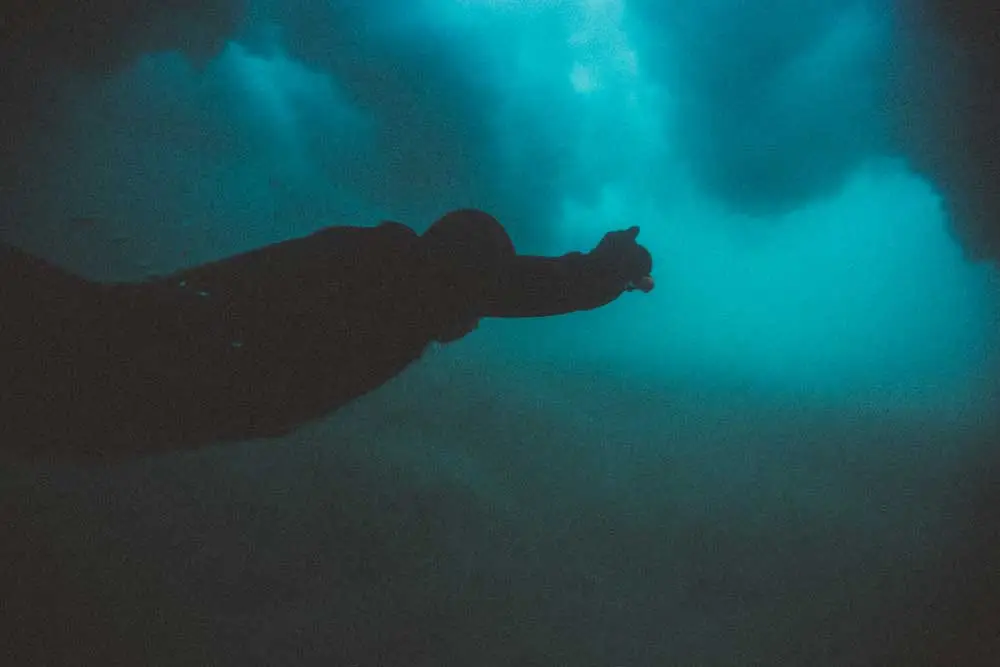 Credit: Nick Pumphrey
Credit: Nick Pumphrey Credit: Nick Pumphrey
Credit: Nick Pumphrey Credit: Nick Pumphrey
Credit: Nick Pumphrey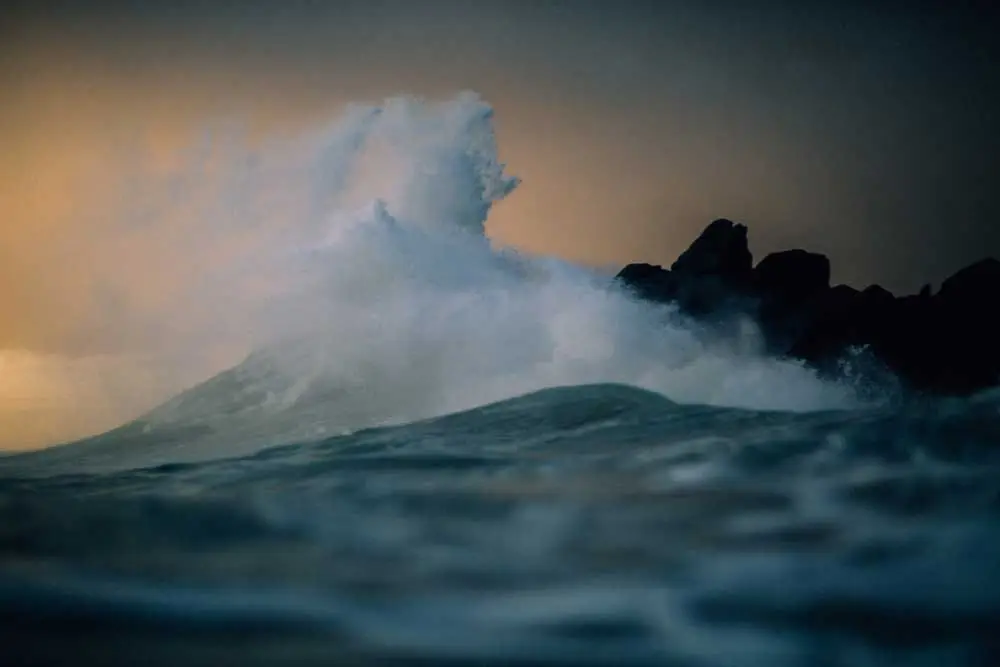 Credit: Nick Pumphrey
Credit: Nick Pumphrey Credit: Nick Pumphrey
Credit: Nick Pumphrey Credit: Nick Pumphrey
Credit: Nick Pumphrey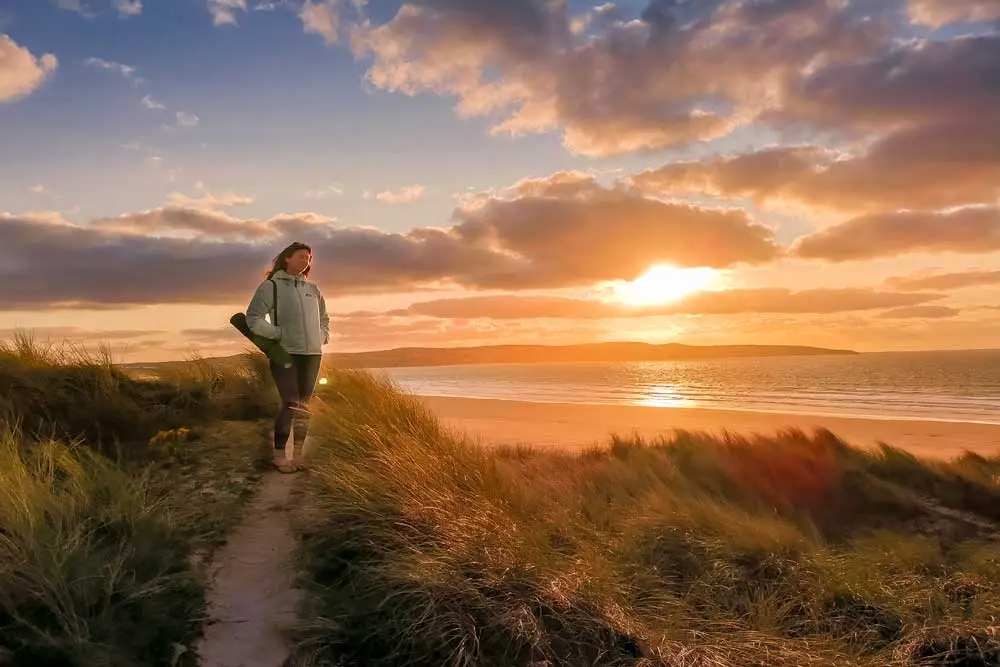
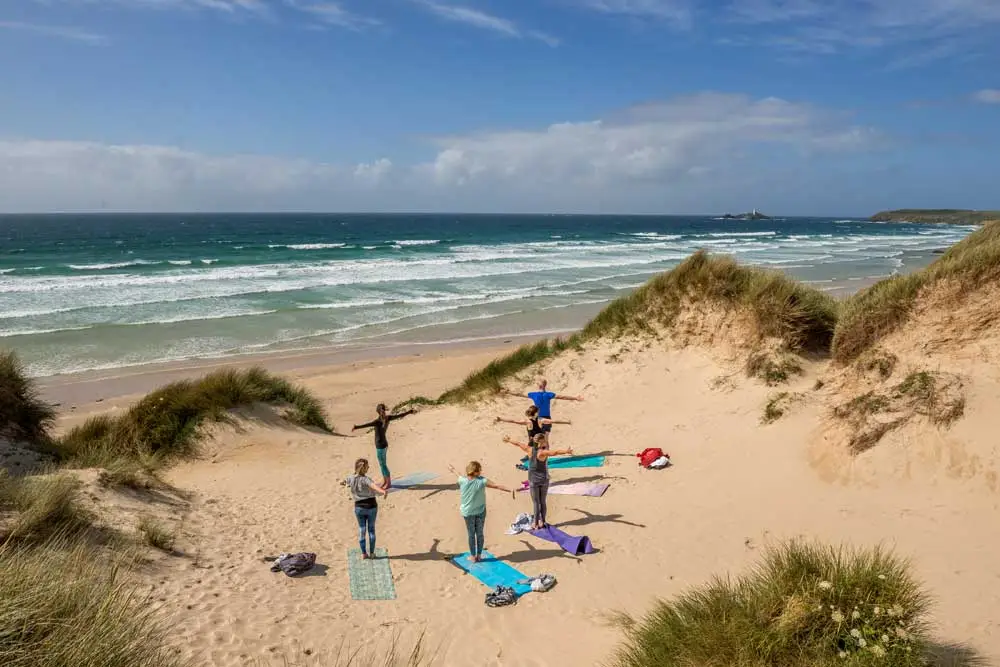 Credit: Alicia Ray Wellbeing
Credit: Alicia Ray Wellbeing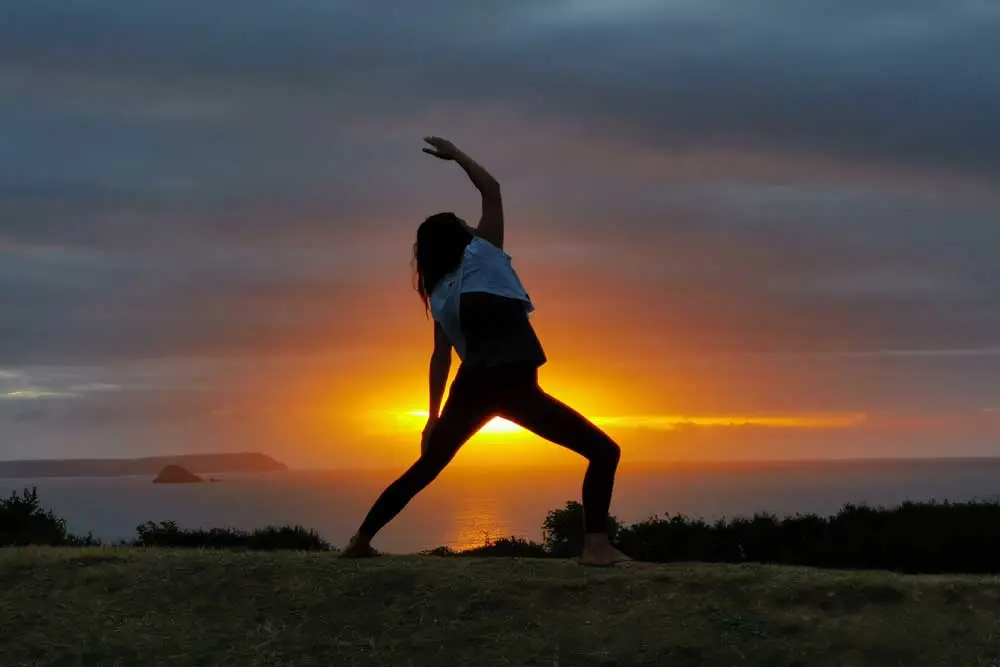 Credit: Alicia Ray Wellbeing
Credit: Alicia Ray Wellbeing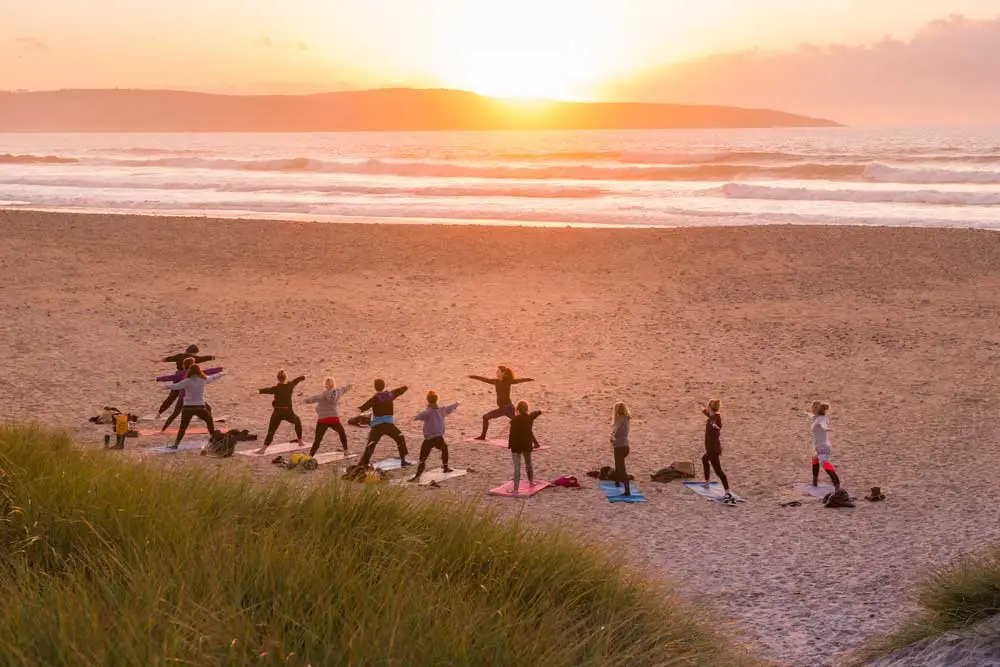 Credit: Alicia Ray
Credit: Alicia Ray